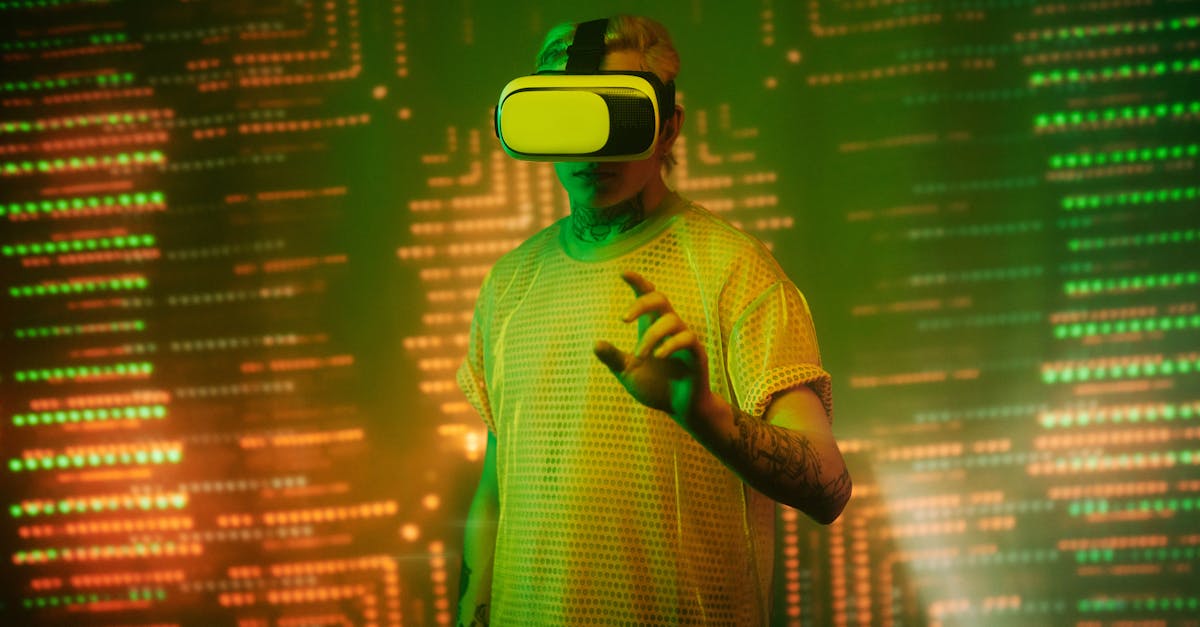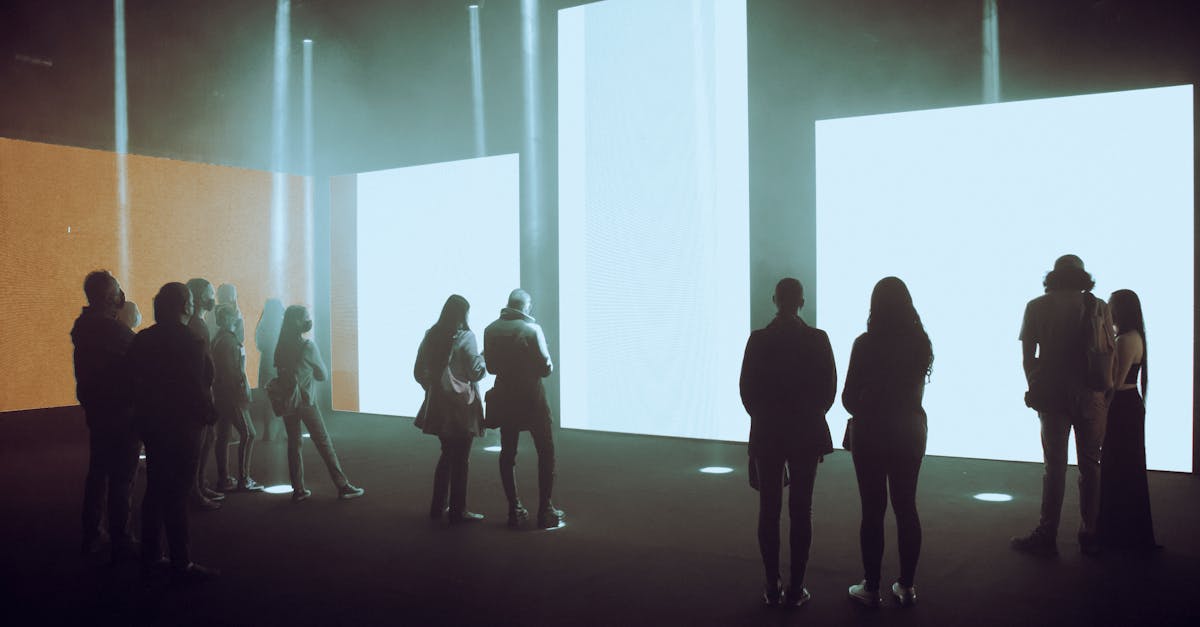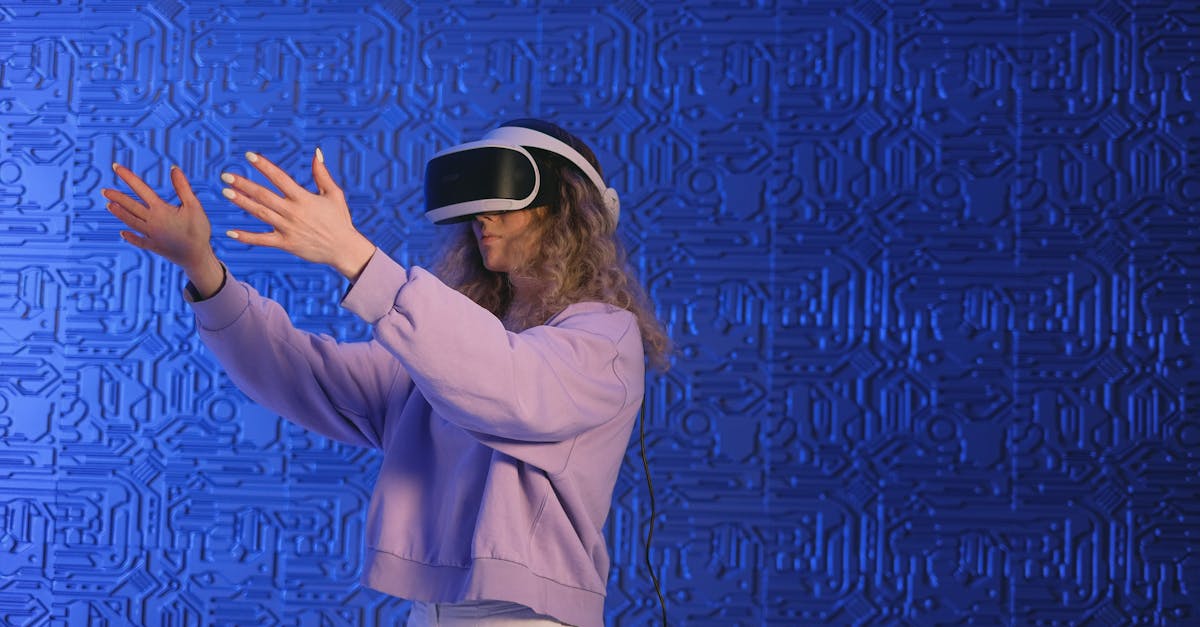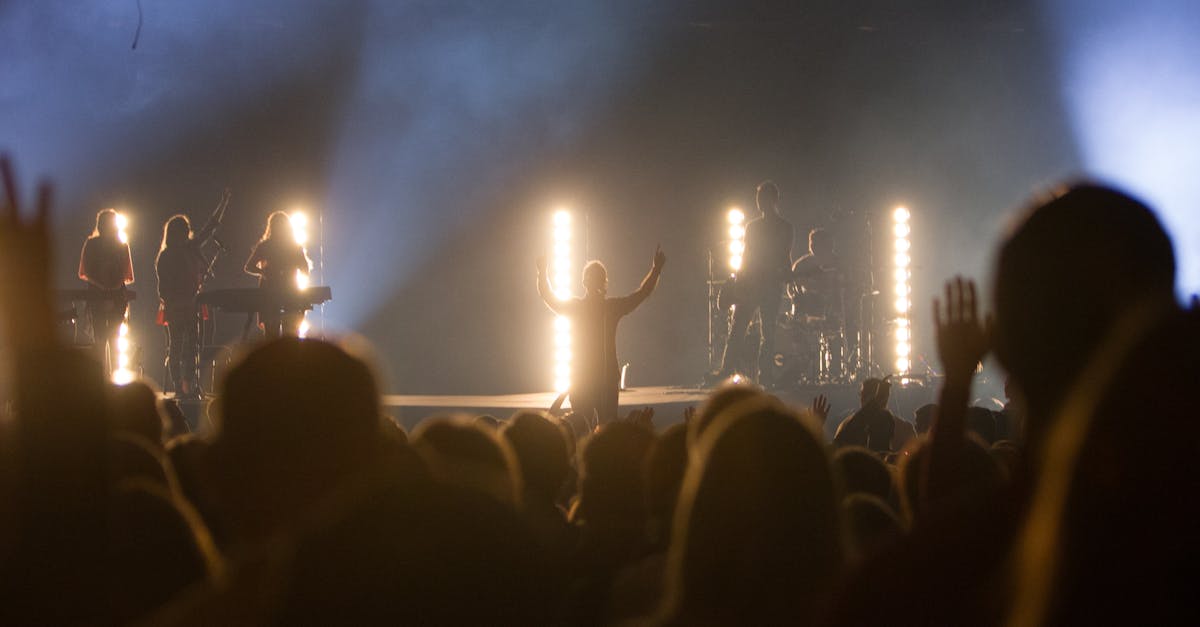Futuristic Arts Entertainment Trends in 2026
Introduction
As the world approaches 2026, the arts and entertainment industry is undergoing a radical transformation, fueled by technological advancements and changing consumer preferences. From digital art galleries to AI-driven storytelling, the boundaries of what constitutes art and entertainment are being redefined. Artists and creators are leveraging cutting-edge technology to offer audiences immersive experiences that were once unimaginable. As virtual reality (VR) and augmented reality (AR) become more accessible, the lines between digital and physical worlds continue to blur. Moreover, these trends are not limited to the elite but have become more democratized, allowing a diverse range of voices to enter the conversation. The future of arts and entertainment promises to be both thrilling and unpredictable, reshaping how we experience creativity.
Advertisement
The Rise of Virtual Reality Art
One of the most significant shifts in the arts sector is the proliferation of virtual reality art. VR platforms allow artists to create stunningly immersive environments that transport viewers to alternate realities. This technology gives artists the ability to illustrate their visions in three-dimensional spaces, redefining how art can be experienced. Virtual galleries offer infinite space and evolve the concept of art exhibitions to global audiences. Artists like Rachel Rossin, a pioneer in the field, have shown how VR can enable interactions with art in ways that are impossible in the physical world. Viewers can walk through the landscapes of a painting or interact with objects within the art itself, crafting personal and unforgettable experiences.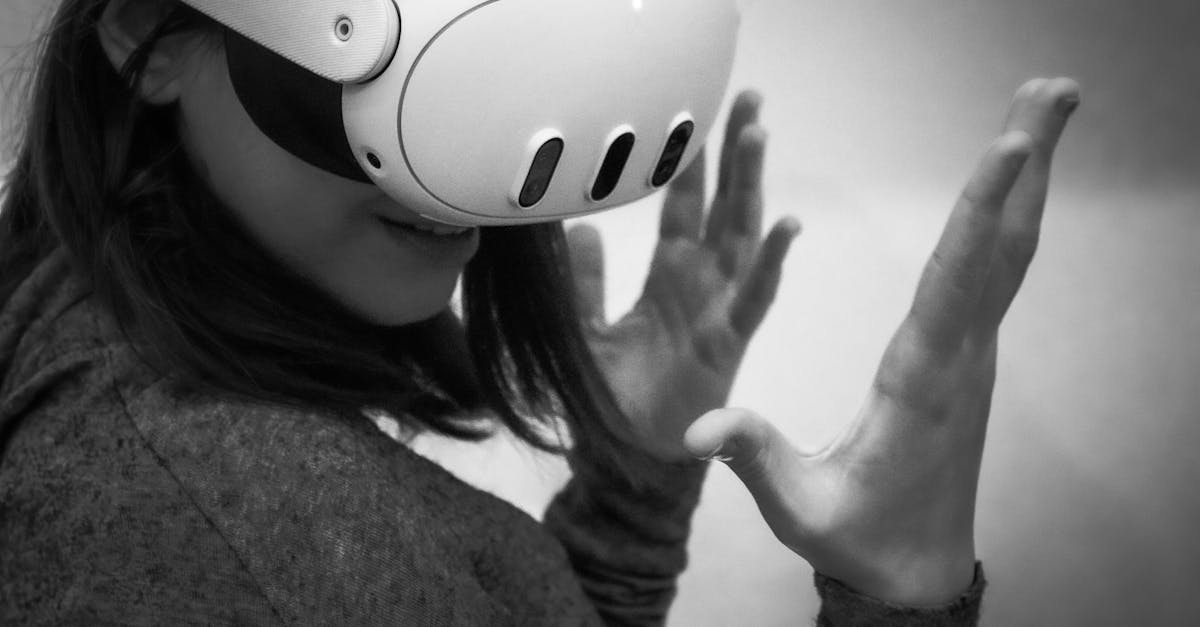
Advertisement
Augmented Reality in Performing Arts
Augmented reality is making waves in live performances, introducing a dazzling fusion of the real and virtual. AR technology overlays digital content onto our physical world, offering opportunities for interactive storytelling and audience engagement. In 2026, theaters are experimenting with digital stage sets that change dynamically during performances, creating an adaptable and rich visual narrative. Similarly, musicians incorporate AR during concerts to enhance the live music experience. Fans can see holograms of their favorite artists across the stage, making each performance unique and captivating. This integration encourages audience participation, transforming passive viewers into active participants.
Advertisement
AI-Driven Storytelling
Artificial Intelligence is increasingly being utilized as a tool for storytelling in films, video games, and other narrative forms. In 2026, AI algorithms craft personalized narratives, offering unique story arcs based on the viewer's preferences and interactions. Companies such as Fable Studio create AI actors that can deliver nuanced performances, learning and evolving with every interaction. The same technology is making inroads in gaming, where players interact with autonomous characters in open-world environments. By incorporating neural networks and machine learning, creators offer dynamic narratives, effectively allowing AI to become a co-creator rather than just a tool. Adaptability in storytelling ensures a tailored experience, elevating engagement.
Advertisement
Blockchain and Digital Art Ownership
The advent of blockchain technology has transformed the concept of art ownership and commodification. Non-Fungible Tokens (NFTs), powered by blockchain, ensure secure ownership rights and trail authenticity, becoming an integral part of the digital art landscape. The year 2026 sees more artists releasing their works as NFTs, securing royalties beyond the initial sale, and enabling resale markets. Digital artists are minted as permanent entries in a global ledger, revolutionizing the economics of digital art. Artists like Beeple and Trevor Jones have successfully used NFTs to broaden their audience and monetize their art in unprecedented ways, centralizing decentralized art ownership.
Advertisement
Sustainability and Eco-Friendly Art
Against the backdrop of climate change, sustainability has become a pivotal trend in the arts. Artists are now integrating eco-friendly materials into their creative processes, aligning with the global push for sustainability. From using recycled materials to creating solar-powered installations, environmentally conscious art showcases the potential of blending beauty with purpose. Installations like 'The Ocean Cleanup' highlight humanity's environmental impact while suggesting feasible solutions. By presenting sustainability in such engaging formats, 2026's artists provoke discussion on ecological issues while encouraging responsibility and action in audiences worldwide.
Advertisement
Increased Accessibility and Inclusion
The future of entertainment is rooted in accessibility and inclusion, aiming to dismantle barriers and welcome diverse narratives and storytelling formats. Advances in technology facilitate wider participation, allowing creators from all backgrounds to contribute and access arts and entertainment. Remote access to galleries, theaters, and performances ensures that location is not a barrier to art. Meanwhile, increased representation of underrepresented groups creates a multifaceted canvas rich with varying perspective and experiences. This trend views accessibility as a fundamental right and serves to equalize the industry, reflecting a more diverse global community.
Advertisement
Interactive and Socially Connected Experiences
In 2026, the demand for interactive and socially connected experiences continues to grow. By leveraging social media and interactive platforms, creators are enhancing how audiences engage with content. An example is the growing trend of live-streamed theater performances, where viewers worldwide can participate and interact in real-time. Social media's role in amplifying arts trends allows for virality, such as TikTok challenges inspired by contemporary dance or theater. Mobile technology propels spontaneous pop-up art installations and experience-sharing, creating a sense of community across geographical divides. These experiences offer participants an active role, blurring the lines between creators and consumers.
Advertisement
Future Technological Integrations
As new platforms and technologies emerge, the future of arts and entertainment continues to evolve beyond our current imagination. Advanced haptic feedback systems could imbue digital art with a sense of tactile presence. Biotechnology might integrate with art, creating bio-art that adapts to its audience or environment. Meanwhile, quantum computing may redefine creative computing capabilities, offering artists new ways to explore design and thought. These technological advancements make the exploration of creativity unbounded, limited only by the imagination of the creator. By 2026, the fusion of technology and art not only presents a visual feast but opens endless possibilities for radical innovation.
Advertisement
Conclusion
The arts and entertainment landscape of 2026 is shaped by technological evolution and creative ambition, offering novel experiences that captivate and inspire. With virtual and augmented reality creating immersive worlds, AI personalizing storytelling, and blockchain offering secure digital transactions, the future is full of potential. Emphasizing sustainability and inclusivity ensures that these trends welcome a broader spectrum of voices and narratives. As technology and creativity continue to intersect, we can expect the unexpected, continuously redefining how art and entertainment is consumed worldwide. This dynamic convergence of art and technology promises a compellingly creative future.
Advertisement
